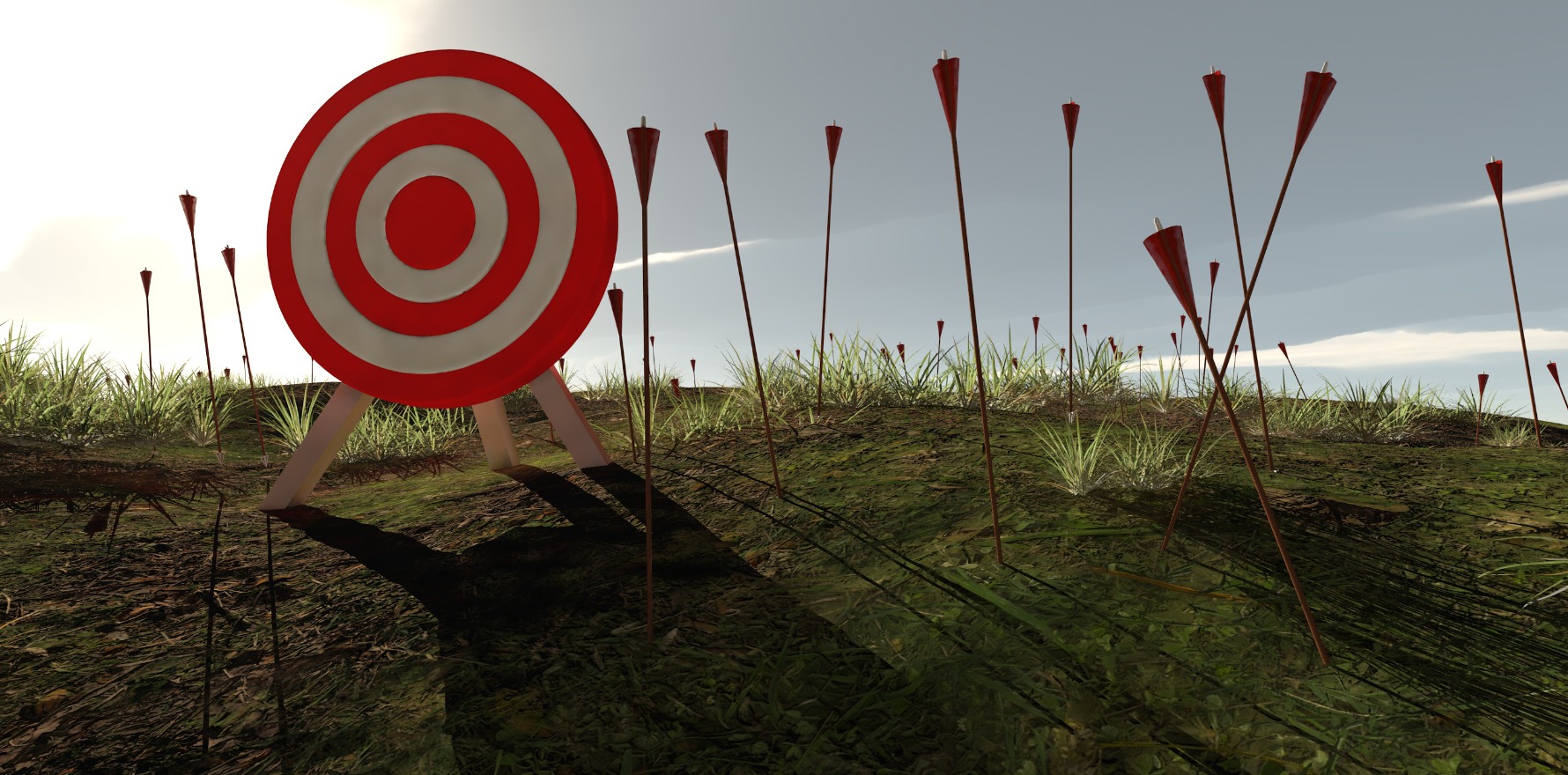A third of adults eventually diagnosed with CF don’t have respiratory symptoms.
Up to one in 10 people with cystic fibrosis who were diagnosed as adults were born before the advent of newborn screening, new research shows.
But even after newborn screening became widely used in Australia in the 1980s, about 5% of cystic fibrosis cases were still missed, the researchers wrote in a letter in the MJA.
An analysis of Australian data has found that a third of people diagnosed with cystic fibrosis as adults did not have respiratory symptoms, but had symptoms such as gastrointestinal disease, sinus disease or infertility.
The researchers looked at Australian cystic fibrosis registry data of people who had been diagnosed with cystic fibrosis as adults aged over 20 years.
They found that chronic sinus disease, gastrointestinal disease, a family history of cystic fibrosis and infertility in men were common among patients diagnosed as adults.
“Cystic fibrosis diagnosed in adults may manifest with milder symptoms across a range of organ systems than classical cystic fibrosis,” they wrote.
Senior author and respiratory and sleep medicine physician Dr Sheila Sivam said patients diagnosed as adults may have atypical disease and may not have respiratory symptoms.
“Everyone is diagnosed a little bit differently,” said Dr Sivam, from the Royal Prince Alfred Hospital and the Woolcock Institute of Medical Research.
“It’s a little atypical from the usual way a child is diagnosed and the symptoms one would think they would have. Sometimes they even had a family member with cystic fibrosis but they themselves never thought they had it.
“Cystic fibrosis is a multi-system disorder. Non-cystic fibrosis specialists including respiratory physicians, gastroenterologists and fertility specialists may actually have a cystic fibrosis patient in front of [them], but not realise it.
“If you think there’s something that doesn’t quite fit … it’s possible that they could have cystic fibrosis.”
Dr Sivam said if a clinician suspected that a patient had cystic fibrosis they should be referred to a local respiratory physician or a cystic fibrosis centre for further testing.
“It’s important it’s picked up early so that they can access drugs and multidisciplinary care at a cystic fibrosis centre,” she said.
However, while people diagnosed as adults had a milder disease course than people diagnosed as children, their survival time without lung transplant was still shorter than for people without cystic fibrosis, Dr Sivam said.
According to the study, patients diagnosed as adults had a 10-year transplant-free survival of 78%, and 15-year survival of 65%.
The researchers also found that 75% of people diagnosed as adults had at least one genetic mutation, which would make them eligible for CFTR modulator therapy.
Dr Sivam said access to CFTR triple therapy would greatly improve quality of life for adult patients by helping respiratory symptoms, absorption of nutrients and weight gain.
Commenting on the study, senior thoracic physician Professor Scott Bell from Brisbane’s Prince Charles Hospital said a diagnosis would give three-quarters of eligible people access to “transformational therapies”.
“Not only does [a diagnosis] help the patient with an explanation for their symptoms, it also has a positive impact on family planning – particularly if this cohort are thinking about having a family – and the potential unlocking of treatments which would not be available unless a diagnosis of CF had been made,” he told ARR.
Professor Bell saidnewborn screening in Australia picked up about 95% of cases of cystic fibrosis, but people with rarer genetic mutations may be missed.
“In most states, either a single or small number of genes are tested and that doesn’t cover the 2000-plus cystic fibrosis gene variants,” said Professor Bell, who is also chief executive of the Translational Research Institute.
“So if you happen to have rare mutations, you weren’t necessarily picked up by newborn screening.”
Professor Bell said adults with cystic fibrosis commonly had respiratory and gastrointestinal disorders.
But, as the study showed, two-thirds of people diagnosed as adults were pancreatic sufficient, so they would not necessarily have had symptoms such as failure to thrive early in life as seen in people diagnosed as children, he said.
Professor Bell sees a few adults in his clinic each year who are newly diagnosed with cystic fibrosis.
“There’s a small proportion of people who come each year because of male infertility,” he said.
“Most of those will have other symptoms, but those symptoms have been given another diagnosis like asthma for chronic respiratory symptoms or irritable bowel for chronic gastrointestinal symptoms.”
Newborn screening for cystic fibrosis using the heel prick test was first implemented as early as 1981 in NSW. That state was followed by Queensland in 1982 and other states and territories in the 1980s, except Western Australia which began in 2000.


